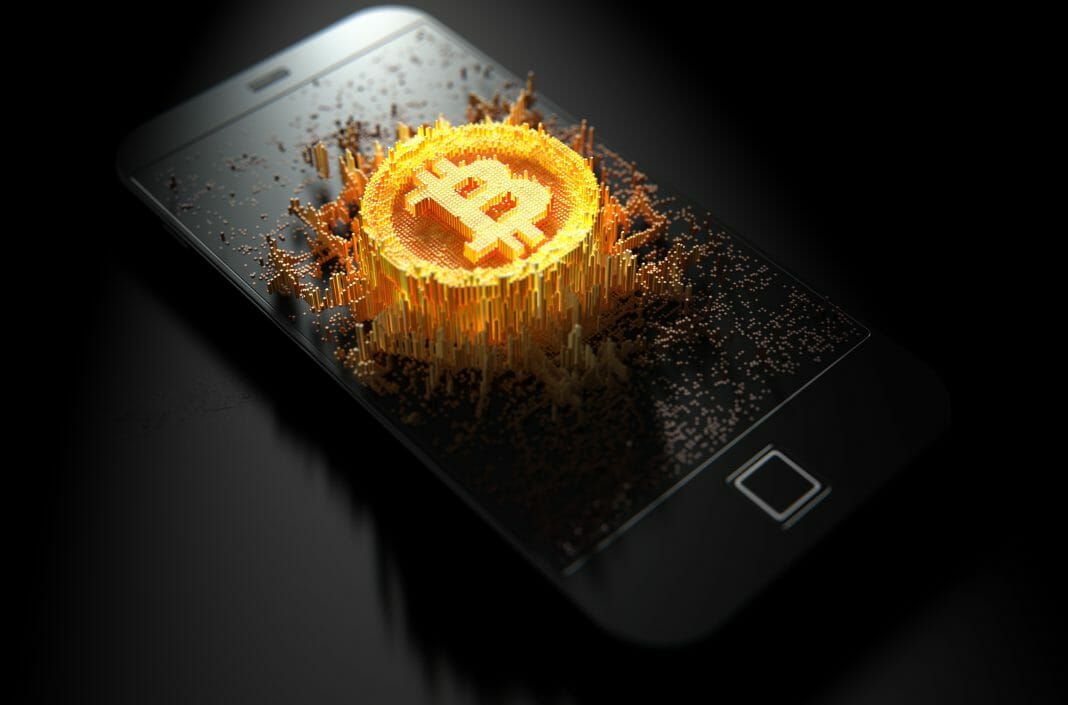High commissions in Bitcoin would make smaller payments impractical, as the current problem is the liquidity of nodes and channels
The Lightning Network (LN), developed as a scalability solution for Bitcoin, allows this cryptocurrency to be routed outside the main block chain, only using it as a backup of the state of the LN channels. However, the design of the network still has some difficulties that could make its operation unsustainable in a scenario of high commissions, in addition to the problems associated with the liquidity of the channels.
According to the Chief Scientist of Bitcoin Unlimited, Peter Rizun, these problems are due to Bitcoin’s particular problems, especially the design of its network and the use of Hash Time Locked Contracts (HTLC) for the execution of its transactions.
The LN Operation according to Rizun
HTLC use encrypted password locks (hashlocks) and time locks (timelocks) to require that the recipient acknowledge having received the payment before a time limit, for which this type of smart contract must generate a cryptographic test of payment, which is fundamental in the LN.
Rizun explains that the payment channels composing the network need to be understood as abacus from which funds are mobilized but cannot be withdrawn until users comply with HTLC clauses.
He believes that these difficulties became evident after the recent increase in network commissions, but in a scenario where Bitcoin commissions average US $100, the LN would lose all its potential as a solution to the Bitcoin scalability, since it would be economically impossible to make payments through this network.
Problems with Liquidity and Loss of Funds
Rizun considers that problems associated with the liquidity of the network are due to the operation of the HTLC within the network.
Currently, these contracts involve blockages in the resources within the channels, such as one that opens with the correct password (hashlock) and another one that opens automatically after a certain time (timelock).
Regarding abacus, bills or invoices can move directly from user #1 to user #2 and, using one of these as bridge when the channel between them is open, to user #3, although with a small extra commission.
The essential rule, and the reason behind the liquidity problems of the Lightning Network, is that bills can move from one place to another but they cannot leave the chain within which they are.
Peter Rizun
Both raising and taking advantage of liquidity of the network are increasingly harder, as well as sending funds between users without channels with each other. This model has been considered to be reliable, but Rizun disagrees.
He explains that, given this scenario of high commissions, some payment channels will be closed and very small payments, lower than the commissions paid within the main network or what he calls “dust” (the minimum amount for a Bitcoin transaction) cannot be made, which would cause the loss of funds from these operations.
This seems to have no relevance, but it could compromise the operation of the LN. He states that the loss of several small payments in rapid succession could lead to a considerable loss.
This suggests that micropayments with small fractions of Bitcoin could become impossible to make. Rizun says that a scenario of commissions at US $100 would make spending less than this amount economically unfeasible, since the commission to be paid in the Bitcoin network would be greater than its value. Therefore, the LN would stop making sense.
Bitcoin would need to reach prices higher than its historical cap for such scenario to have full validity, but Rizun’s observations are still relevant for the improvement of the network, despite his opposing position regarding its future.
Reactions
Although Rizun remarks describe reality faithfully, he omitted some already devised solutions to these difficulties of the LN.
David Harding indicated that Thaddeus Dryja, co-creator of the LN white paper, had proposed establishing threshold of satoshis (always worth more than the “dust” of the main chain) for the execution of probabilistic payments. As a result, only payments higher than a defined amount would circulate through the channels.
Probabilistic payments are only successful a certain percentage of the time, so micropayments below this amount would only be made a limited number of times. “If it is uneconomical to spend an HTLC output worth less than 10,000 nBTC, then we simply require probabilistic payments for any amount below that,” Harding highlighted.
Taking advantage of Harding’s publication, Gregory Maxwel indicated that, after all, the “dust” of the Bitcoin network is irrelevant. He considers that HTLC should not have limits lower than the “dust” of the network. He also believes that these very small transactions are aimed at advertising and discouraging Bitcoin users.
This has been discussed among the LN developers since 2016; therefore, this type of micropayments has been considered in the network, with several solutions compatible with both HTLC and the current state of Bitcoin.
By Willmen Blanco











